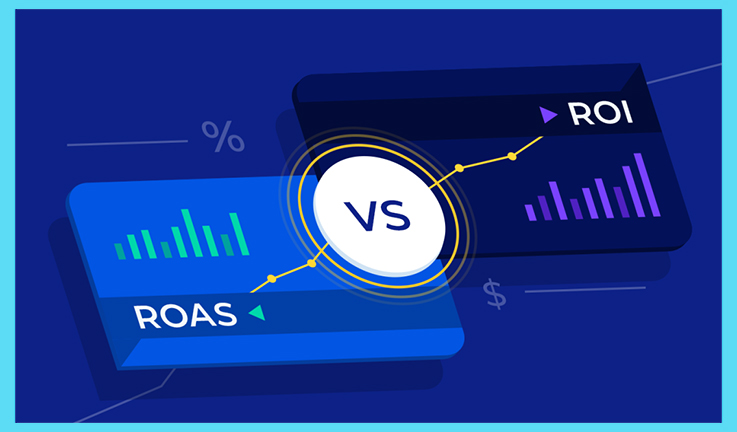In today’s dynamic business landscape, powerful advertising is at the heart of any successful marketing strategy. For multifamily marketers, Return on Advertisement Spend (ROAS) has emerged as a vital metric that goes beyond mere cost analysis, focusing on the revenue generated per advertising dollar spent. In this article, we explore the significance of ROAS and its role in reshaping multifamily marketing efforts.
The Multifamily Marketing Shift
Senior home management executives and property owners in the multifamily industry are increasingly focused on resident retention and delivering an exceptional customer experience. However, their primary love language is translating into discussions centered around return on investment (ROI). According to Esther Bonardi, Vice President of Yardi | Reach by RentCafe, “Their love language is talking about return on money.”
ROAS represents a shift from solely evaluating the cost of leasing to a more comprehensive view that examines revenue generated. This transformation enables marketing teams to effectively communicate with stakeholders, including property owners and senior management.
Calculating ROAS vs. ROI
ROAS plays a pivotal role in helping marketers identify which advertisements contribute the most to revenue generation. It is expressed as a ratio, percentage, or comparative dollar amount, showcasing the effectiveness of a specific advertisement or campaign. CommerceGarage, an online marketing and advertising agency, uses the following equation to calculate ROAS: Earnings Generated by Ad / Money Invested in Ad.
Typically, ROAS is presented as a multiple of the revenue generated to the investment made. For instance, if a business spends $10,000 on Facebook ads in a month, resulting in $60,000 in revenue, the calculated ROAS would be 6x or 600%, meaning $6 in revenue was generated for every $1 spent.
In contrast, ROI (Return on Investment) is a macro metric that assesses the impact of a specific advertisement on the company’s overall revenue. The formula for ROI is (Revenue – Cost of Ad) / Cost of Ad.
While ROAS offers insights into the effectiveness of individual ads, ROI evaluates the broader impact of advertising efforts. Both metrics are valuable but serve different purposes.
Taking a Holistic Approach
While ROAS has gained prominence, not all multifamily companies exclusively focus on it. Some, like Kettler, adopt a holistic approach by measuring performance, ROI, and predictive indicators. Daryl E. Smith, Senior Vice President and Chief Marketing Officer at Kettler, emphasizes the importance of ROI but highlights that it encompasses various aspects beyond paid advertising performance.
Kettler’s investment is distributed across different segments, including SEO (search engine optimization), SCM (search content marketing), and internet listing services (ILSs). Smith emphasizes the need to assess how these segments contribute to performance. The cost per lease (CPL) is a critical metric in understanding customer acquisition costs.
Additionally, Smith’s team incorporates technology into the marketing stack to enhance the sales process and improve customer experiences. For example, utilizing a chatbot as a digital leasing agent has significantly impacted lead engagement and conversions.
Digging into Data and Emphasizing ROI
Bozzuto, another multifamily player, is increasingly focusing on ROAS as its digital marketing strategies evolve. To ensure the best utilization of client funds, Bozzuto’s approach involves understanding the entire customer journey. While it assesses channels like paid search, it acknowledges the role of other channels in building brand awareness.
Bozzuto strives to adopt an omnichannel methodology, investing in technology to gain deeper insights into each part of the customer journey and allocating resources effectively.
Recognizing Revenue
What sets ROAS apart is its emphasis on the revenue generated by marketing efforts. For marketers, communicating that for every dollar spent, $7 was earned is a compelling statement when discussing strategy with property owners and senior executives. ROAS allows marketers to identify the most profitable marketing sources in terms of revenue.
Esther Bonardi emphasizes the need for technology to facilitate this level of analysis. Marketers must electronically track lead sources, have systems that link marketing expenses accurately, and connect the revenue generated by each source to calculate ROAS effectively.
ROAS is transforming multifamily marketing by shifting the focus from cost to revenue generation. By adopting a holistic approach, understanding the customer journey, and harnessing the power of ROAS, multifamily marketers can make data-driven decisions that optimize advertising strategies, improve customer experiences, and ultimately drive business success in this dynamic industry.




